Your cart is currently empty!
Tag: CannabisCultivation
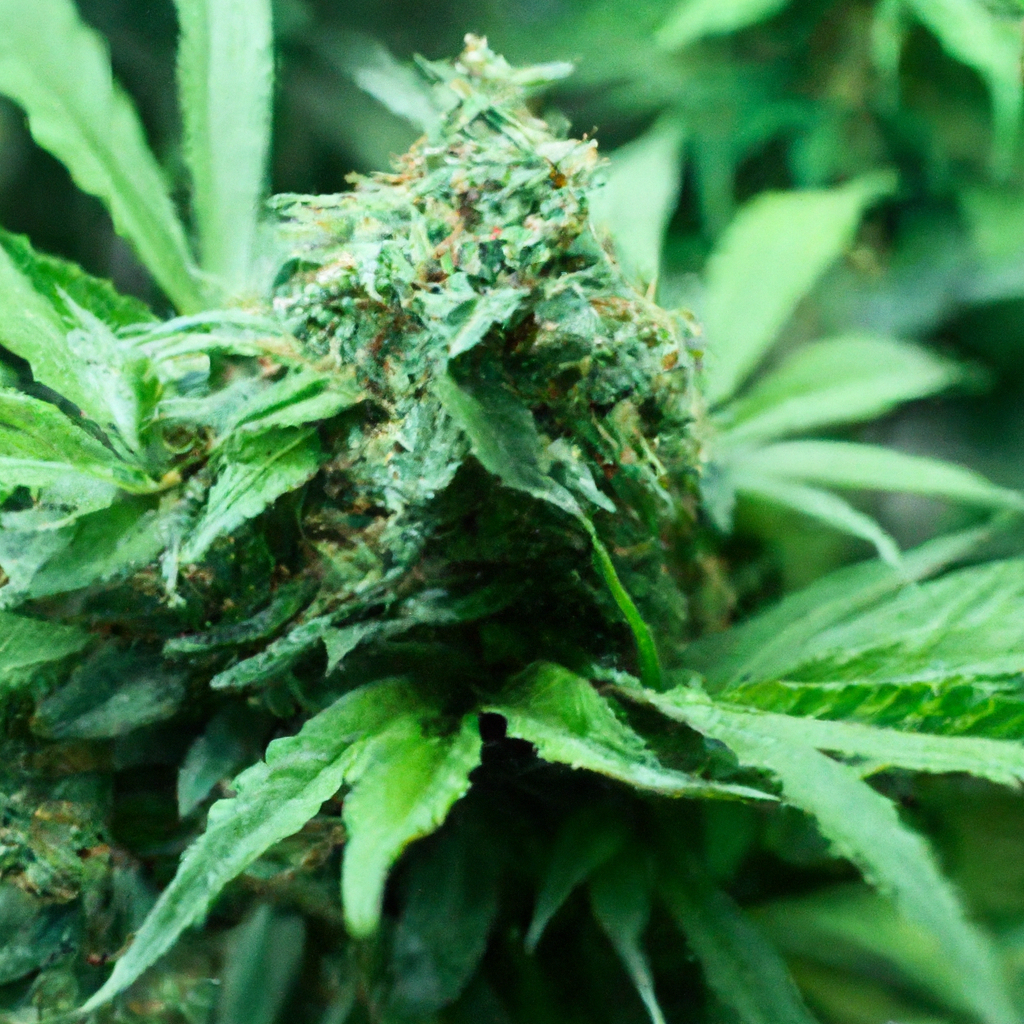
Explore the untapped potential of beneficial microbes in cannabis cultivation to optimize plant health and yield. This blog delves into effective microbial boost techniques including soil inoculation, compost teas, and fermentation methods like Korean Natural Farming. Learn how to overcome challenges such as choosing quality products and maintaining suitable environmental conditions. By integrating these microbial…
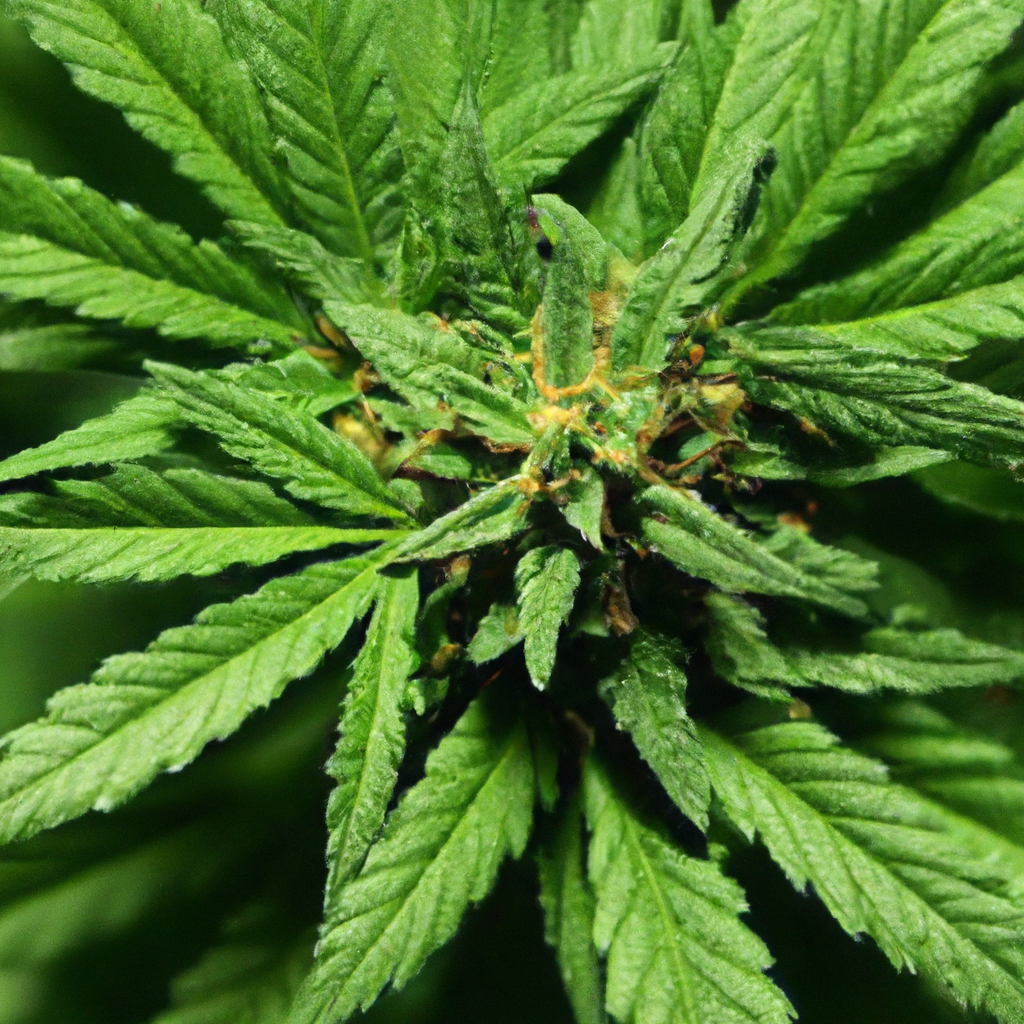
As the cannabis industry flourishes, many cultivators are adopting eco-friendly methods for organic growth, highlighting the environmental and quality benefits for consumers. This blog post explores sustainable practices for organic cannabis cultivation, emphasizing the use of natural fertilizers, such as compost, worm castings, and bone meal, to enrich soil health. It also provides organic pest…
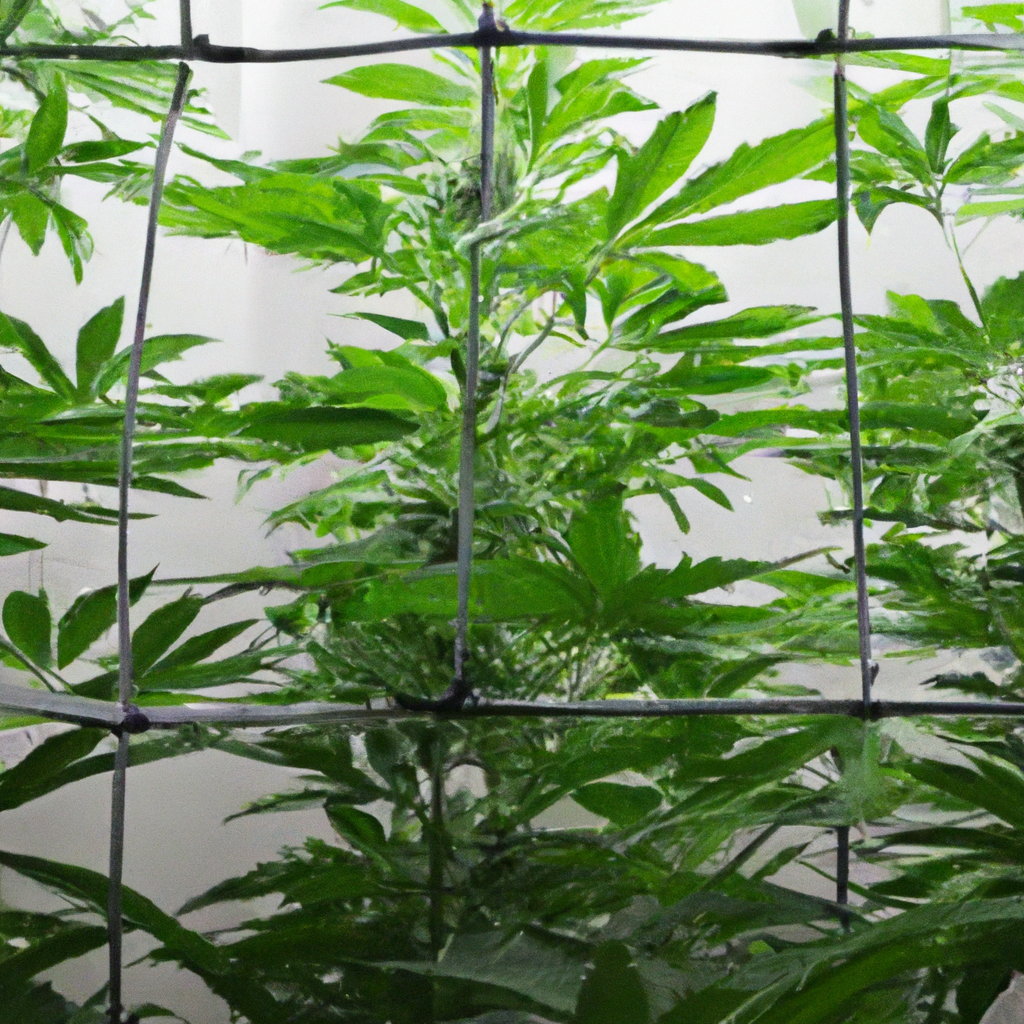
Cannabis cultivation blends science with nature, with trellising playing a key role in enhancing plant growth. Trellises support plants, improving airflow, light exposure, and preventing plants from collapsing under their weight, especially vital during the flowering stage. There are various trellis types, including vertical, horizontal, and expandable, each serving different growth needs. The blog also…
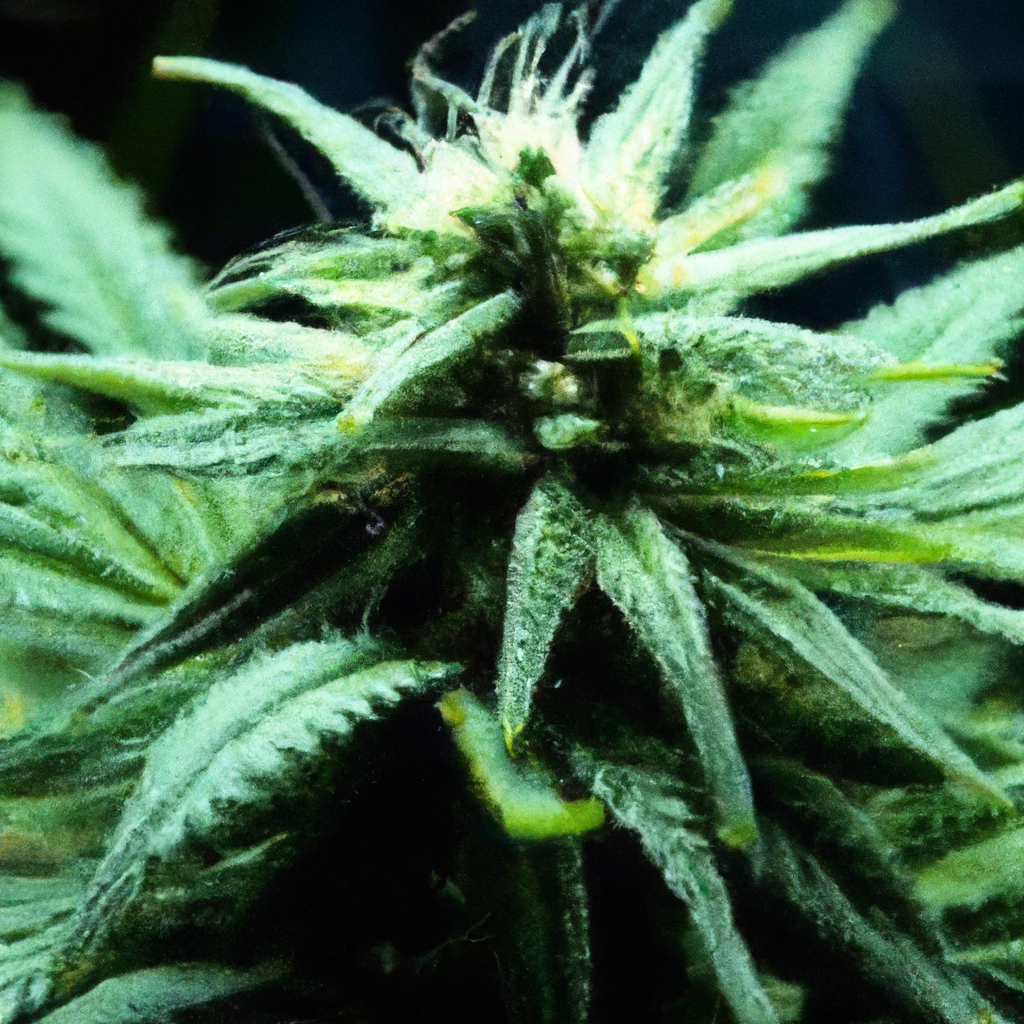
Understanding and utilizing the lunar cycle in cannabis cultivation is emerging as an effective strategy for enhancing plant growth and yields. This approach involves leveraging the moon’s gravitational pull during different phases—waxing for planting and nutrient uptake, full for harvesting and pest control, and waning for pruning and root health. While scientific research is ongoing,…
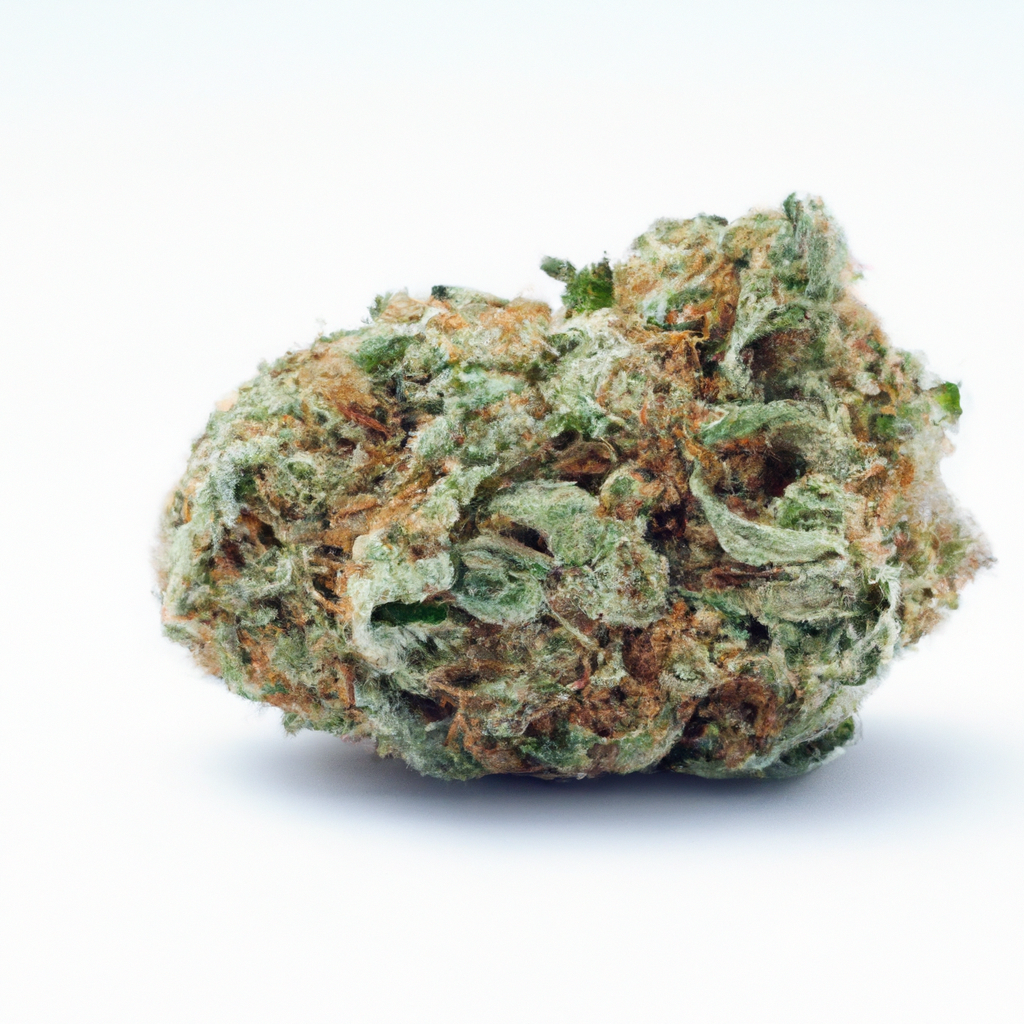
The Cannatonic strain is renowned for its unique balance of high CBD and moderate THC, offering a calm yet uplifting experience that’s ideal for medical cannabis users. Emerging from a cross between MK Ultra and G13 Haze, Cannatonic features a 50:50 indica to sativa ratio, dense green buds, and an inviting earth and pine aroma…
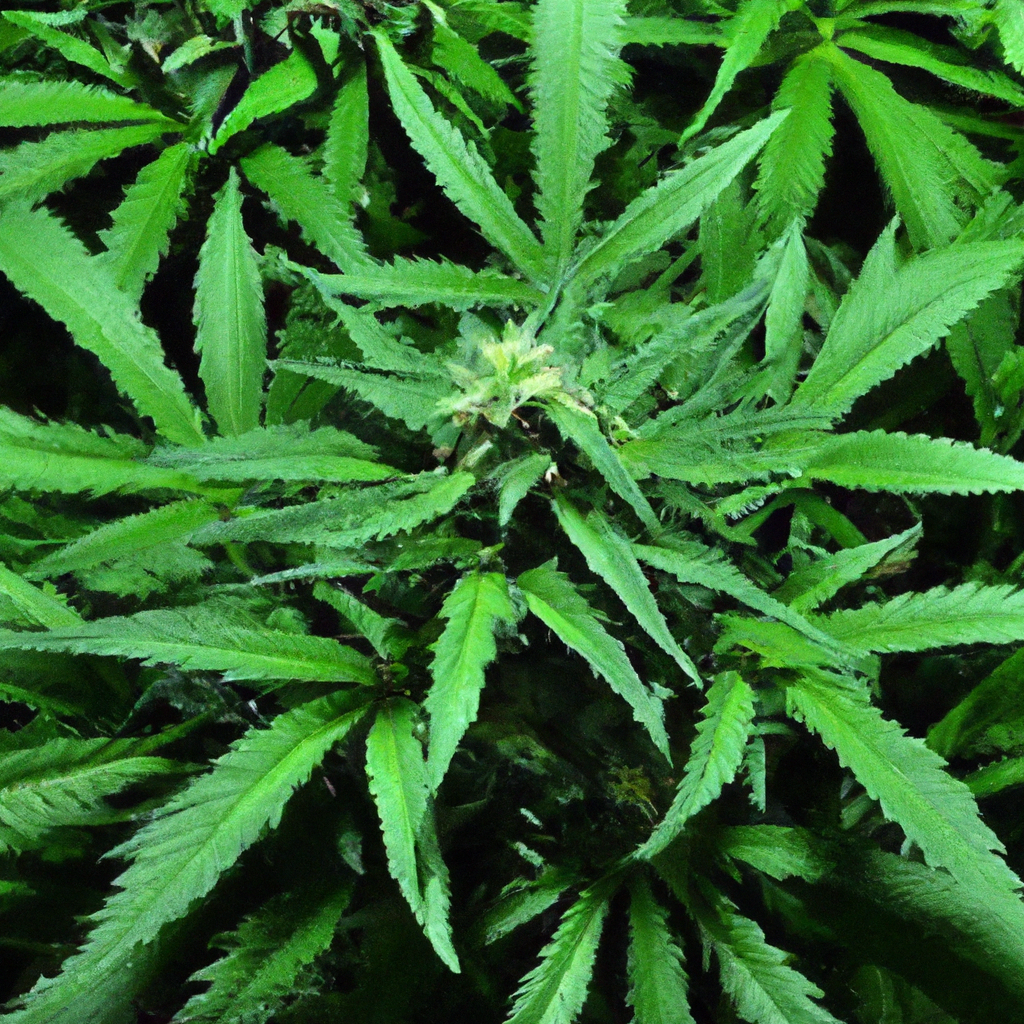
Understanding nutrient management is crucial for cannabis growers aiming to optimize plant health and yield. This guide covers the essentials, from the significance of macronutrients and micronutrients to developing strategic nutrient schedules aligned with growth phases: seedlings require minimal nutrients, the vegetative stage benefits from increased nitrogen, and flowering needs more phosphorus and potassium. Plant…
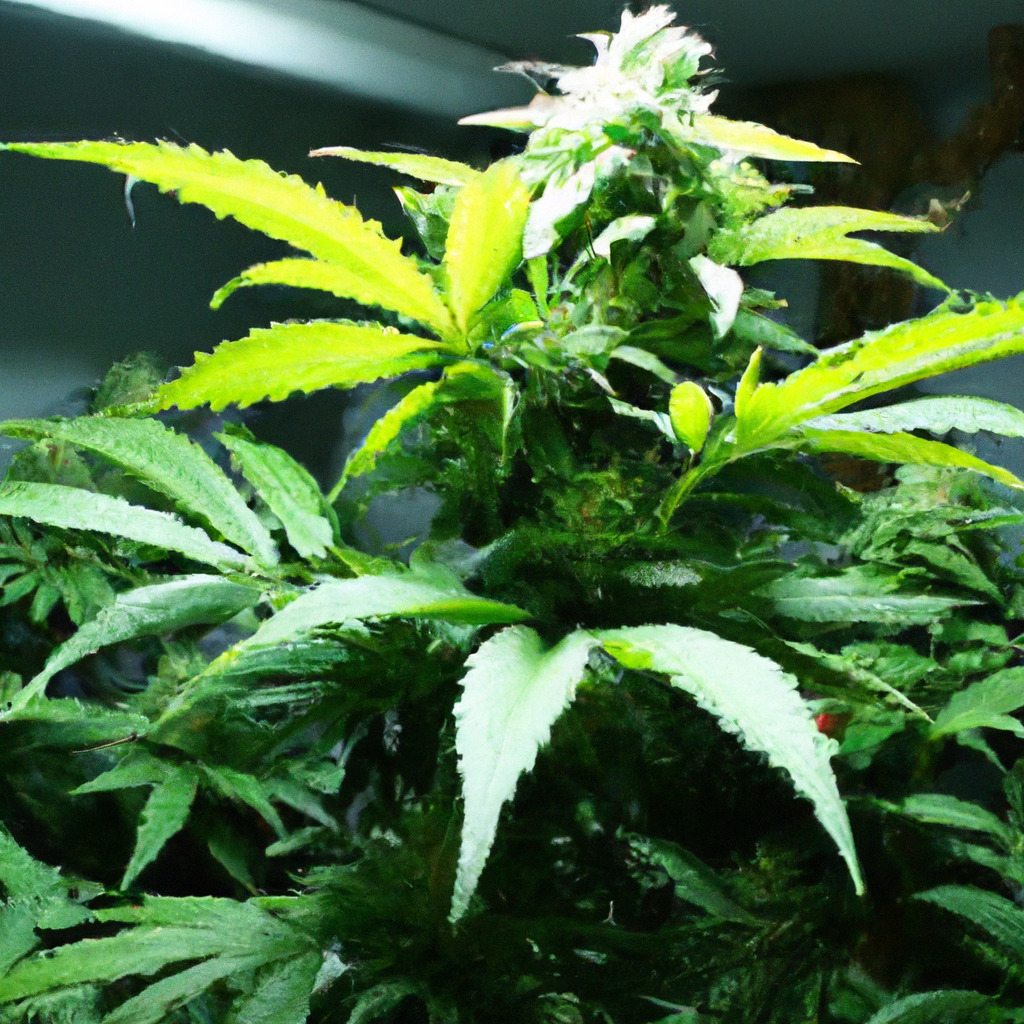
Understanding dynamic light exposure is crucial for successful cannabis cultivation, as it significantly boosts yields. This blog explores innovative lighting techniques that enhance photosynthesis and maximize yield by simulating natural conditions and boosting the production of terpenes and cannabinoids. It highlights the importance of different light spectra, including blue, red, far-red, and UV lights, for…
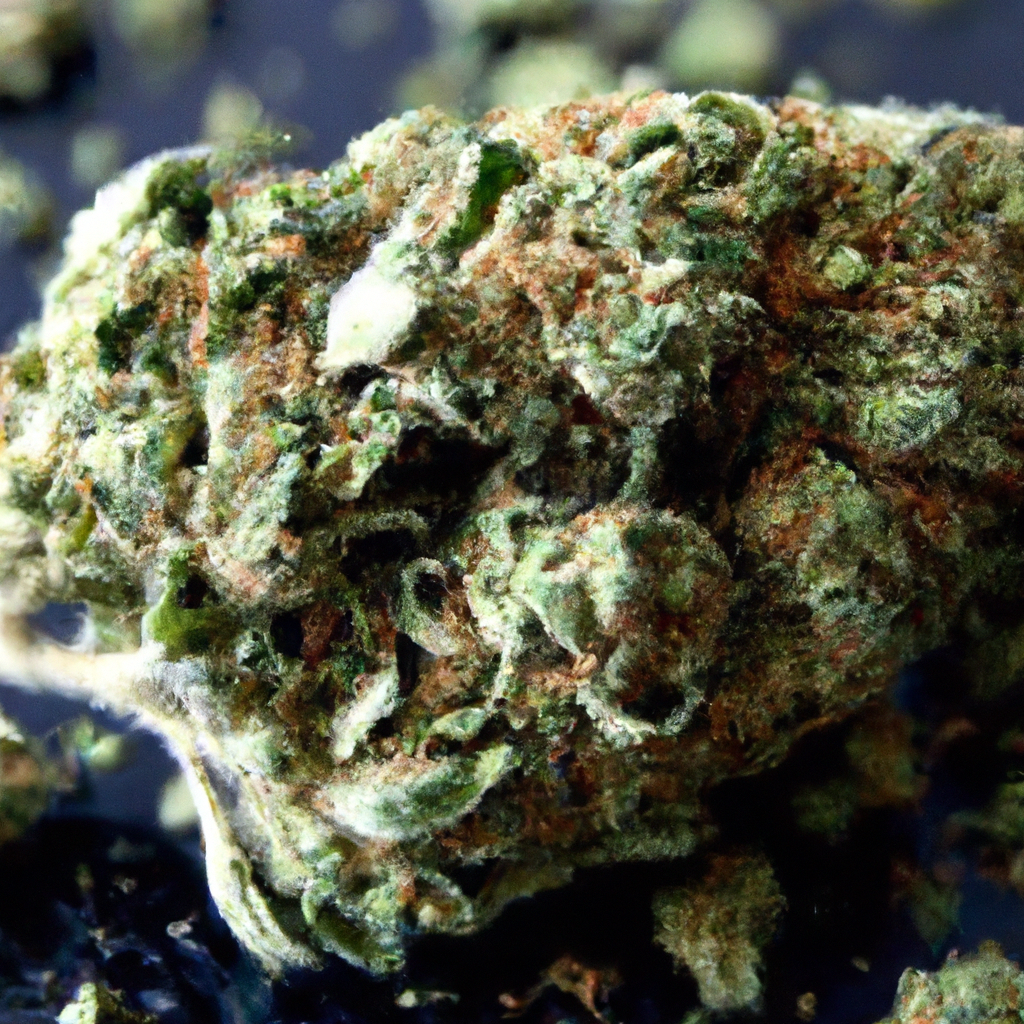
Welcome to the world of Sour Apple, a unique cannabis strain renowned for its tangy flavor profile and balanced effects. A sativa-dominant hybrid, Sour Apple combines the genetics of Sour Diesel and Cinderella 99, resulting in vibrant green buds rich in sticky resin. Its aroma and flavor emulate a sharp apple tang with citrus notes,…
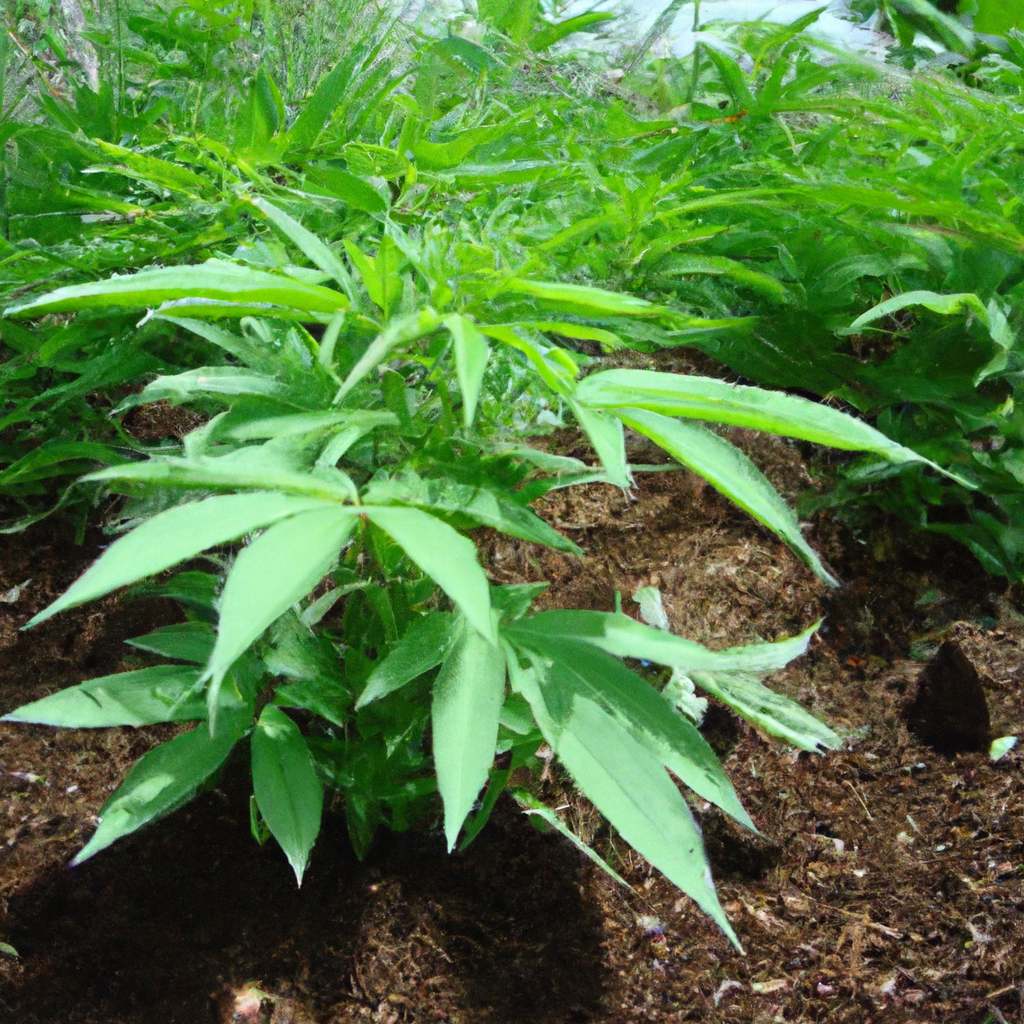
Organic cannabis cultivation promotes sustainable and eco-friendly agricultural practices, focusing on enriching the soil ecosystem and utilizing natural methods for soil health and pest control. Key practices include composting, crop rotation, mulching, companion planting, and using beneficial insects and neem oil for pest management. Sustainable techniques such as water conservation, renewable energy use, and biodegradable…
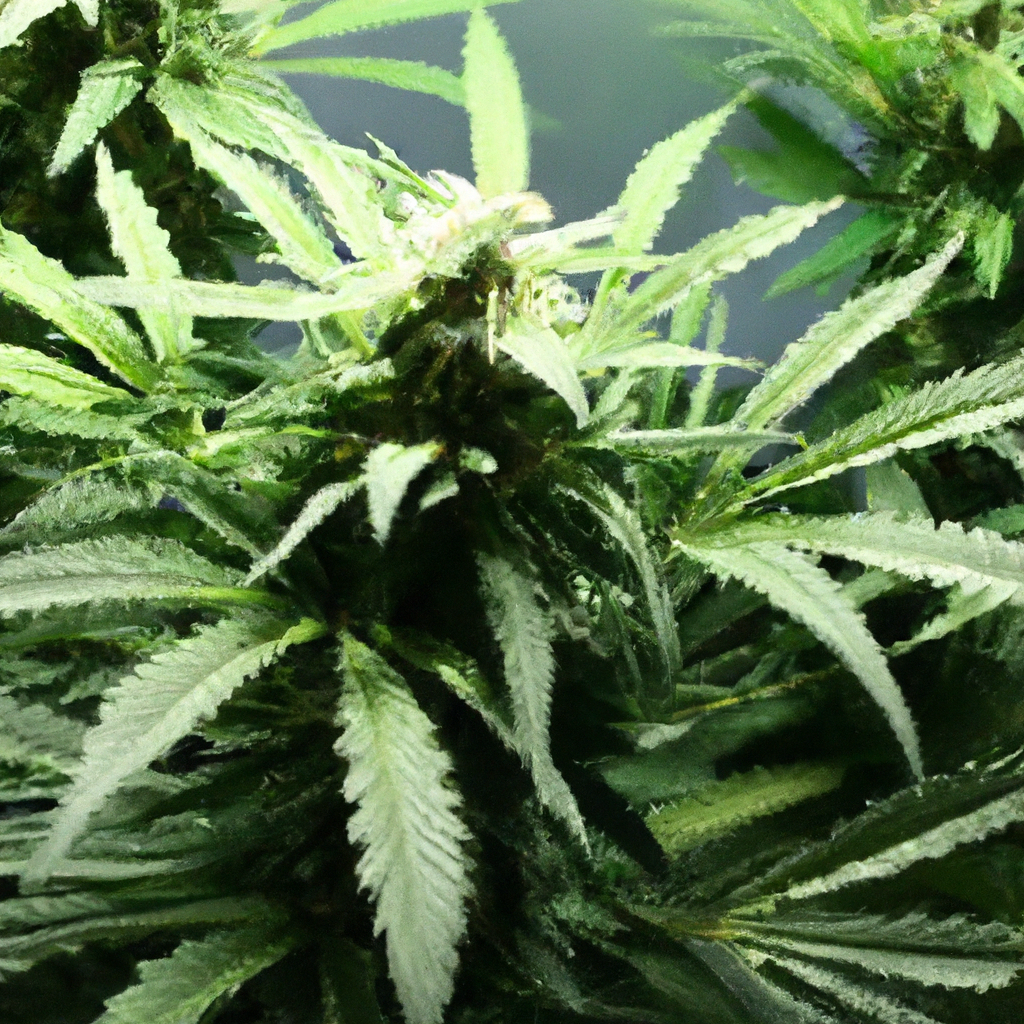
Cannabis cultivation has dramatically evolved from traditional agricultural methods to sophisticated techniques driven by technological advancements and a better understanding of plant biology. Initially reliant on basic soil and irrigation practices, modern growers now use hydroponics, aeroponics, and smart agriculture systems for precise control over growth conditions. As environmental challenges arise, innovations like climate-controlled greenhouses…
